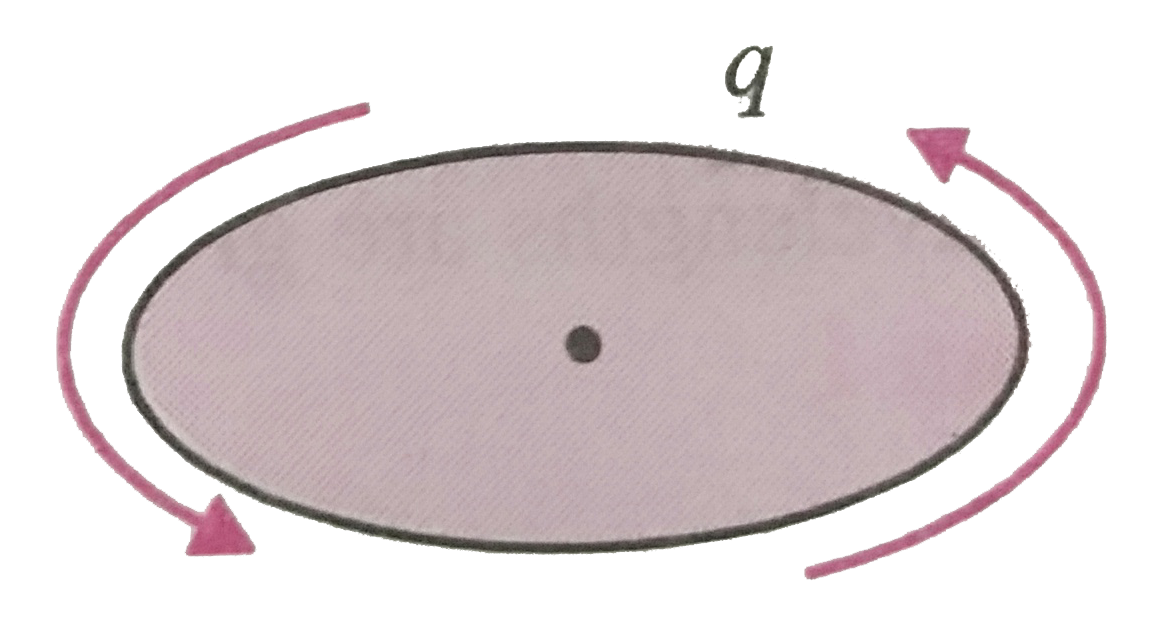Assertion : The interference of two identical waves moving in same direction produces standing waves.
Reason : Various elements of standing waves do not remain in constant phase.
If both assertion and reason are true and reason is the correct explanation of assertion.
If both assertion and reason are true but reason is not the correct explanation of assertion.
If assertion is true but reason is false.
If both assertion and reason are false.
The correct Answer is:B
To analyze the given assertion and reason, we will break down each statement step by step.
Step 1: Understanding the Assertion
Assertion: The interference of two identical waves moving in the same direction produces standing waves.
- Explanation: Standing waves are formed when two waves of the same frequency and amplitude interfere with each other. However, this typically occurs when the waves are traveling in opposite directions, not in the same direction. When two identical waves move in the same direction, they will reinforce each other and produce a resultant wave, but not a standing wave.
Step 2: Understanding the Reason
Reason: Various elements of standing waves do not remain in constant phase.
- Explanation: In a standing wave, different points (or elements) along the wave are indeed in constant phase. For example, the nodes (points of no displacement) and antinodes (points of maximum displacement) are fixed in space and oscillate in a synchronized manner. Therefore, this statement is incorrect.
Step 3: Conclusion
- Both the assertion and the reason are incorrect. The assertion is false because standing waves are produced by the interference of waves moving in opposite directions, not the same direction. The reason is also false because elements of standing waves remain in constant phase.
Final Answer:
Both the assertion and the reason are incorrect.
---
Assertion: The interference of two identical waves moving in the same direction produces standing waves.
Reason: Various elements of standing waves do not remain in constant phase.
- Both the assertion and the reason are incorrect. The assertion is false because standing waves are produced by the interference of waves moving in opposite directions, not the same direction. The reason is also false because elements of standing waves remain in constant phase.
Both the assertion and the reason are incorrect.
Topper's Solved these Questions
- WAVESBOOK - NCERT FINGERTPS ENGLISHCHAPTER - WAVESEXERCISE - Introduction
2 Videos
- WAVESBOOK - NCERT FINGERTPS ENGLISHCHAPTER - WAVESEXERCISE - Transverse And Longitudinal Waves
5 Videos
- WAVESBOOK - NCERT FINGERTPS ENGLISHCHAPTER - WAVESEXERCISE - EXEMPLER
10 Videos
- UNITS AND MEASUREMENTSBOOK - NCERT FINGERTPS ENGLISHCHAPTER - UNITS AND MEASUREMENTSEXERCISE - Assertion And Reason
15 Videos
- WORK , ENERGY AND POWERBOOK - NCERT FINGERTPS ENGLISHCHAPTER - WORK , ENERGY AND POWEREXERCISE - Assertion And Reason
15 Videos
Similar Questions
Knowledge Check
Assertion : The velocity of electromagnetic waves depends on electric and magnetic properties of the medium
Reason : Velocity of electromagnetic waves in free space is constant.AIf both assertion and reason are true and reason is the correct explanation of assertionBIf both assertion and reason are true but reason is not the correct explanation of assertionCIf assertion is true but reason is falseDIf both assertion and reason are falseAssertion : A wave is motion of matter as a whole in a medium.
Reason : Wind is same as sound wave in air.AIf both assertion and reason are true and reason is the correct explanation of assertion.BIf both assertion and reason are true but reason is not the correct explanation of assertion.CIf assertion is true but reason is false.DIf both assertion and reason are false.
Standing waves can be produced
View SolutionAssertion : When a charge particle moves in a circular path. It produces electromagnetic wave.
Reason : Charged particle has acceleration.
View SolutionAssertion: A charge moving in a circular orbit can produce em wave.

Reason: The source of em wave should be in accelerted motion.
View Solutiony1=8sin(ωt−kx)andy2=6sin(ωt+kx) are two waves travelling in a string of area of cross-section s and density rho. These two waves are superimposed to produce a standing wave.
(a) Find the energy of the standing wave between two consecutive nodes.
(b) Find the total amount of energy crossing through a node per second.
View SolutionTwo identical light waves having phase difference 'ϕ' propagate in same direction. When they superpose, the intensity of resultant wave is proportional to
View SolutionTwo identical light waves, propagating in the same direction, have a phase difference δ. After they superpose, the intensity of the resulting wave will be proportional to
View Solution
